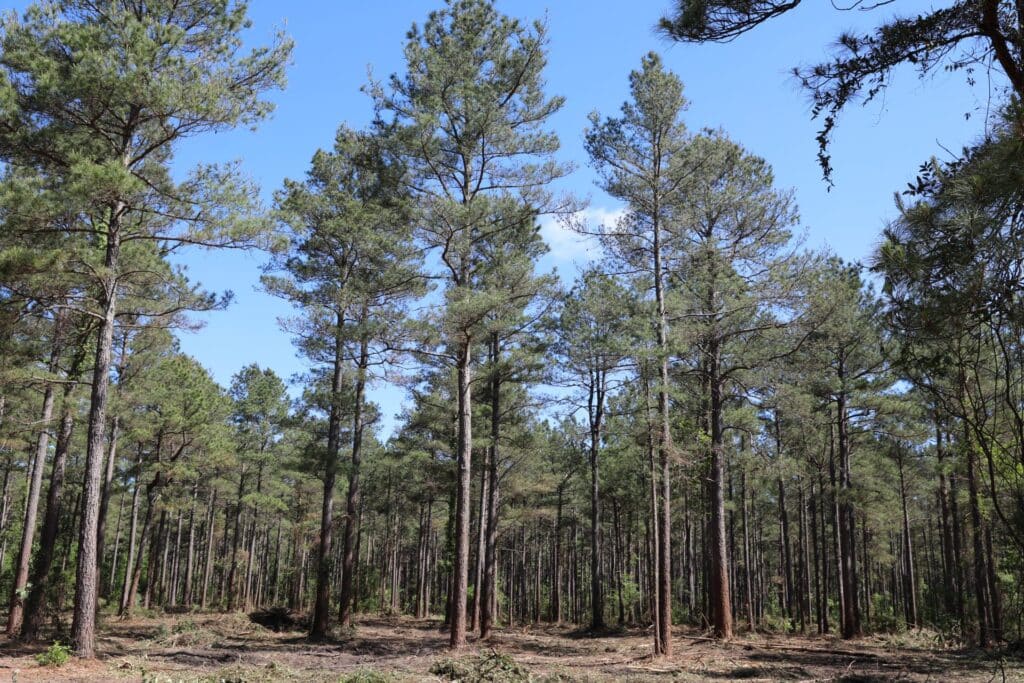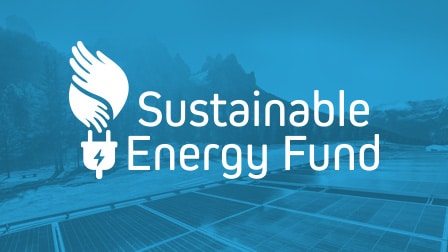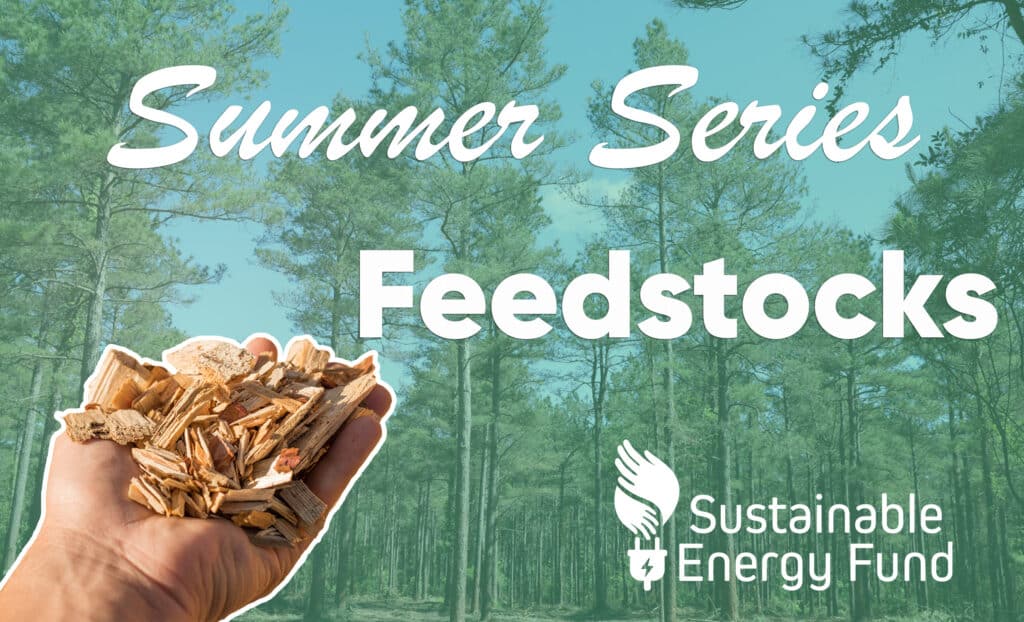SCHNECKSVILLE, PA., June 3, 2025—Sustainable Energy Fund (SEF) has announced the Family Promise of Carbon County...
» Read MoreSummer Series: Feedstock for RFO
The next entry in the RFO Summer Series takes a look at feedstock, used to create renewable fuel such as RFO.
What are the feedstock requirements for the RFS program?
As stated in the RINs blog post, the Renewable Fuel Standard (RFS) requires the feedstock used to create the renewable fuel to be considered renewable biomass. This requirement ensures sustainability to reduce greenhouse gas emissions. The federal government defines renewable biomass as each of the following:
- Planted crops and crop residue from existing agricultural land
- Planted trees and tree residue from an existing tree plantation on non-federal land, including land owned by a Native American tribe
- Animal waste and byproducts
- Slash (forest residue from logging or natural events) and pre-commercial thinnings (unhealthy or diseased trees that were removed to promote the growth of more desirable, healthy trees) from ecologically insensitive and non-federal forestland, including land owned by a Native American tribe
- Biomass obtained in wildfire-prone areas near (within 200 feet of) buildings or public infrastructure
- Algae
- Yard waste and food waste

If the material used to produce RFO is sustainably sourced from one or more of the items above (typically woody biomass), then RFO can be considered a renewable fuel and eligible for RINs under the RFS.
Source: Renewable Fuel Standard Program | US EPA
How does this requirement necessitate sustainability?
The rigid feedstock requirements outlined in the RFS mandate that the fuels produced are renewable. This ensures the production of biofuels (such as RFO) does not negatively impact local ecosystems or contribute to deforestation while emphasizing a reduction in emissions. The seven types of renewable biomass can be considered as waste products or products that can be re-grown to be converted into renewable fuels.

In addition, the feedstock requirements prevent deforestation by not qualifying whole trees from natural forestland or materials from new agricultural land. This disincentivizes practices that would lead to adverse environmental impacts. The requirements also protect Native American land and ecologically sensitive forests (forests with ecosystems that are sensitive to environmental changes). Selective feedstock sourcing can also decrease the risk and impacts of wildfires.
What are the greenhouse gas implications of using these types of feedstocks?
The combustion of RFO still releases carbon dioxide, but since it is a biofuel, the carbon dioxide released is biogenic. This means the carbon released is the same carbon captured from the atmosphere by the biomass feedstock in its lifetime. This is also the same carbon dioxide that would be naturally released back into the atmosphere if the biomass were left to decay. This capture-release process balances out and does not increase the net level of carbon dioxide in the atmosphere. This gives biofuels a significant environmental advantage over traditional fossil fuels.
Despite this balance, the production, handling, and delivery of RFO results in some positive life cycle emissions. However, even when accounting for these emissions, RFO can still offer an emission reduction of over 80% compared to traditional fuel oil and natural gas operations.
Call to Action
With this new development in the pipeline, SEF is actively seeking interested parties who may serve as early adopters to bring this opportunity to Pennsylvania.
Check back regularly for more info on RFO.








